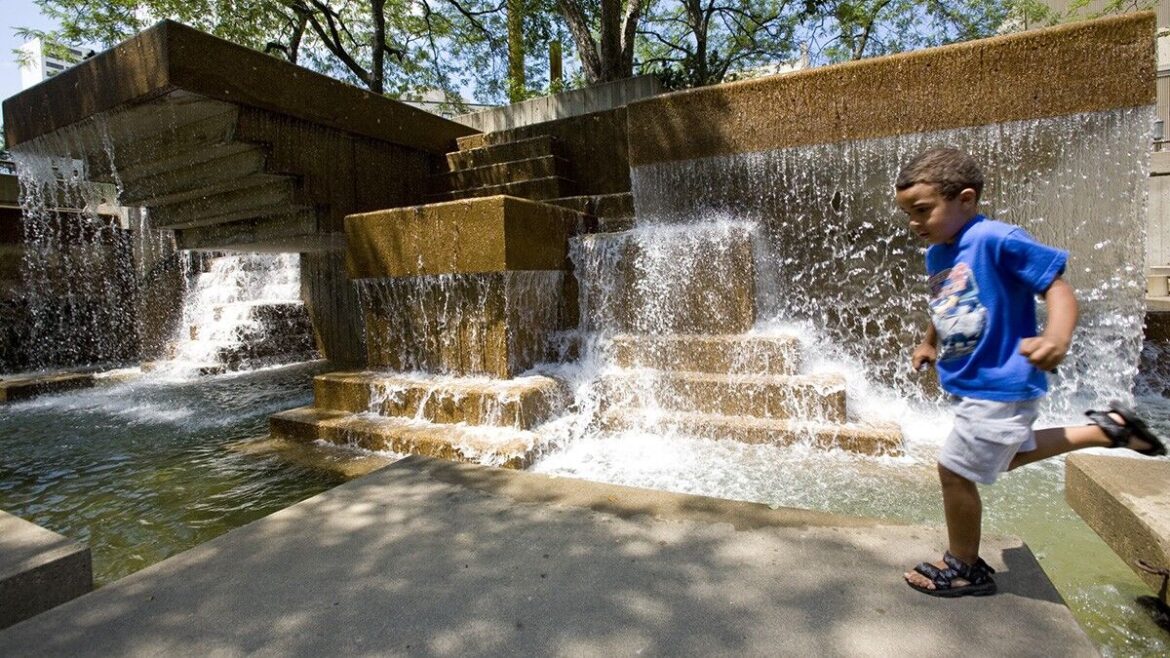In 1972, the New York Times described the landscape architect M. Paul Friedberg as one of the “New Left of playground designers” for his radical breaks with tradition. His playgrounds and landscapes emphasized abstract, elemental forms for play and exploration, inserted into gritty New York City public housing projects, light years away from the ornamental gardening approach that spawned the discipline in the 19th century.
He looked the part, too, combining the standard designer fit (black pants and black turtleneck) with a bit of countercultural swag in the form of a black leather jacket. Friedberg would roar into his office on a motorcycle and park it in the vestibule, dropping off a handful of napkin sketches the moment after he put the kickstand down. A meeting across town meant mounting the bike again and weaving through traffic, this time with a member of his staff holding on tight, swept along in Friedberg’s relentless energy and quest to make cities livable, invigorating and joyful — at a time when American urbanism was in a deep crisis.

